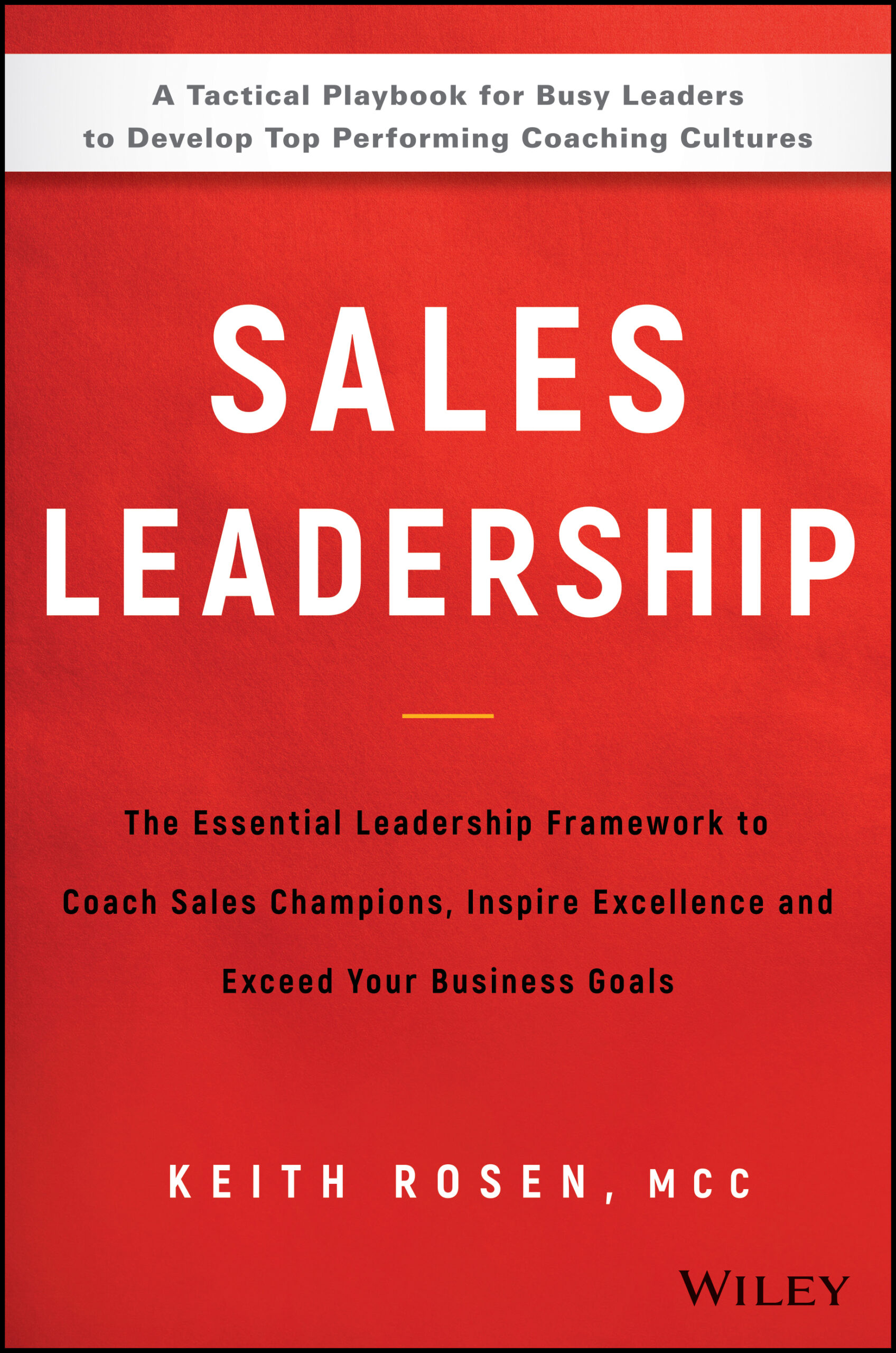 If assumptions are the number one cause of problems, communication breakdowns, strained relationships, distrust, lost sales, and unmet goals, then, how can you quickly identify and eliminate costly assumptions permanently, while creating valuable coaching moments? By leveraging the mighty power of assumptive and springboard questions to strengthen relationships and improve trust, collaboration and productivity.
If assumptions are the number one cause of problems, communication breakdowns, strained relationships, distrust, lost sales, and unmet goals, then, how can you quickly identify and eliminate costly assumptions permanently, while creating valuable coaching moments? By leveraging the mighty power of assumptive and springboard questions to strengthen relationships and improve trust, collaboration and productivity.
While working with a large pharmaceutical company based in the UK, one manager shared an experience they had when calling on a customer in the US. Given the customers’ time constraints, she said she wanted to table this discussion.
Well, if you’re from the United States, and many other countries, tabling a discussion means putting it off until another time. However, in the United Kingdom, tabling a discussion means putting it on the table and talk about it now.
Imagine the confusion and the impact this one assumption has on this conversation!
Assumptions happen not only geographically or across cultural borders but within our own country, company, team, family, customers, prospects and virtually every conversation you have, especially when coaching and selling.
To ensure we are not assuming the same definition of what an assumption is, let’s set a baseline.
An assumption is a belief you hold that you perceive to be true, typically based on a past, negative experience that you project as the anticipated, negative future outcome, without the facts to support it.
Assumptions are the number one cause of problems, communication breakdowns, strained relationships, distrust, lost sales, and unmet goals.
Then, how can you quickly eliminate costly assumptions permanently, while creating valuable coaching moments? By leveraging the power of the assumptive question, and springboard question.
Think about it. Do you really know what people mean when they say, “Success, coaching, difficult, stressed, sell value, customer service, or be more resilient and confident?”
A Springboard Question, also known as a Clarifying Question, enables the coachee to self-reflect and clarify deeper around what they’re really saying so you’re both aligned around the same message and conversation.
Notice a Springboard Question simply builds off what the person shared, whether an adverb, noun, or adjective, adding clarity to ambiguity while challenging and uncovering the assumptions that the coachee is making.
Here are four examples:
- Number One: When you say “stressed because of the heavy workload,” can you share more about that?
- Number Two. Can you go into more depth regarding what you mean when you say, “a difficult client?”
- Number Three: When you say, “The customer is pushing back,” can you be more specific?
- And Number Four. When you say you want to “build your brand, become more successful here, and make more money,” can we break each of those goals down so we’re clear about what the end result is that you want to achieve?
To immediately identify the costly assumptions people make in every situation, consider this. If there’s one assumption you can make in every conversation, it’s that both you and the coachee will always be making assumptions!
To get tactical for a moment, let’s revisit the A step in the LEADS Coaching Framework, Assess. Remember, if you’re not assessing the facts, you’re assuming them!
Notice how the following four Assumptive questions must be asked in every conversation. Otherwise, you’re bound to make critical business decisions based on assumptions that will impact sales, productivity, relationships, and trust.
- Number One. How do you know that to be true?
- Number Two. What are the facts that support this?
- Number Three. What assumptions might you be making about (the customer, company, HR, your peers, why they’re not buying, why you feel they’re not collaborating, etc.)
- And Number Four. Is that your opinion of what happened or the facts?
Here’s a tip from the coach: Insatiable curiosity is the fuel for crafting better questions.
By becoming insatiably curious, and challenging the assumptions we all make during every conversation, you’re going to ask more and better questions that seek to validate the other person’s assumptions and point of view, ensure you’re both speaking the same language, and prevent critical business decisions being made based on fiction rather than fact.
Moreover, questions will improve your listening and turn off automatic, passive listening, preventing the typical reactionary responses managers make.
Leverage these assumptive and springboard questions to propel you and your team to your next level of success. Now, a coaching breakthrough can be only one question away.



